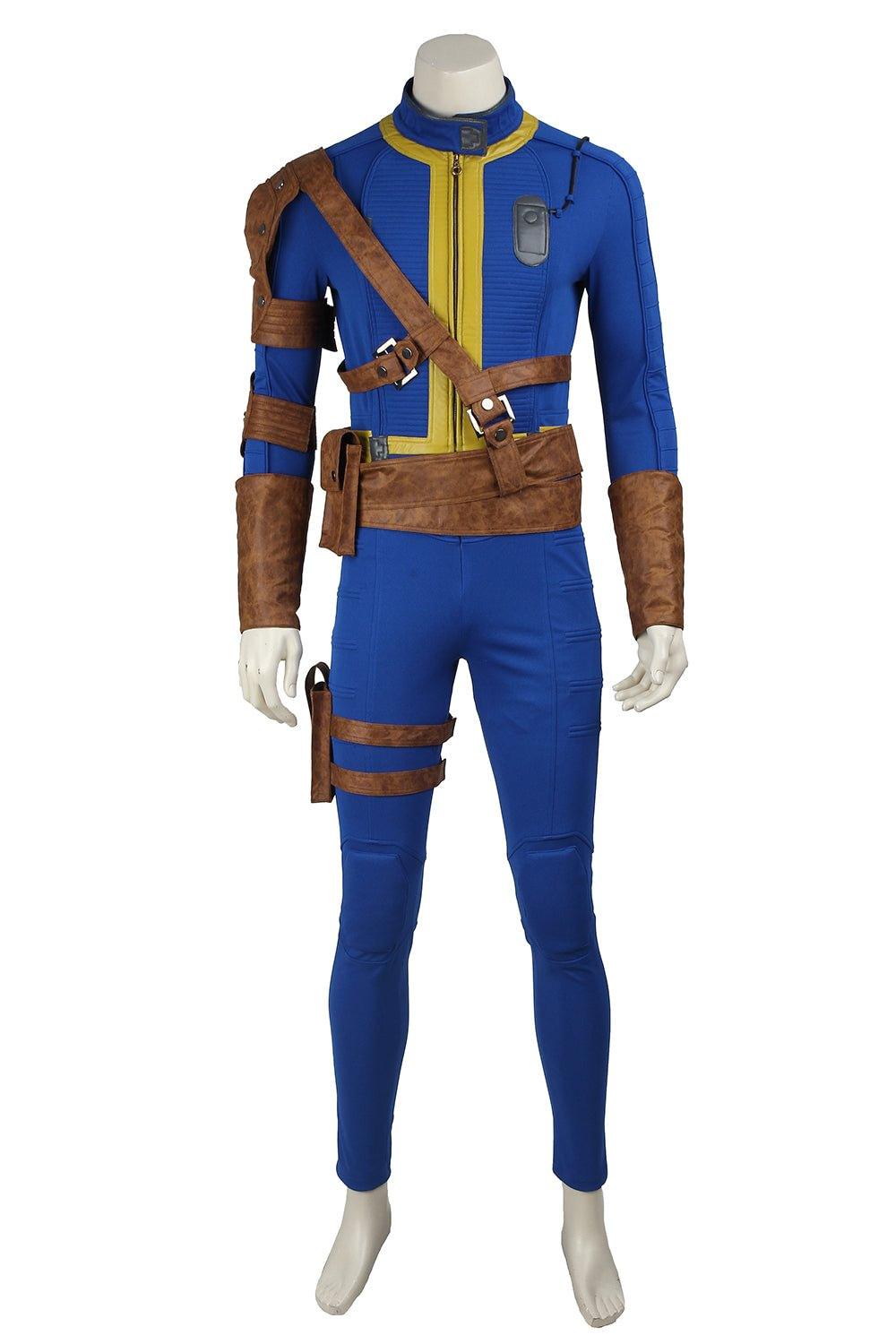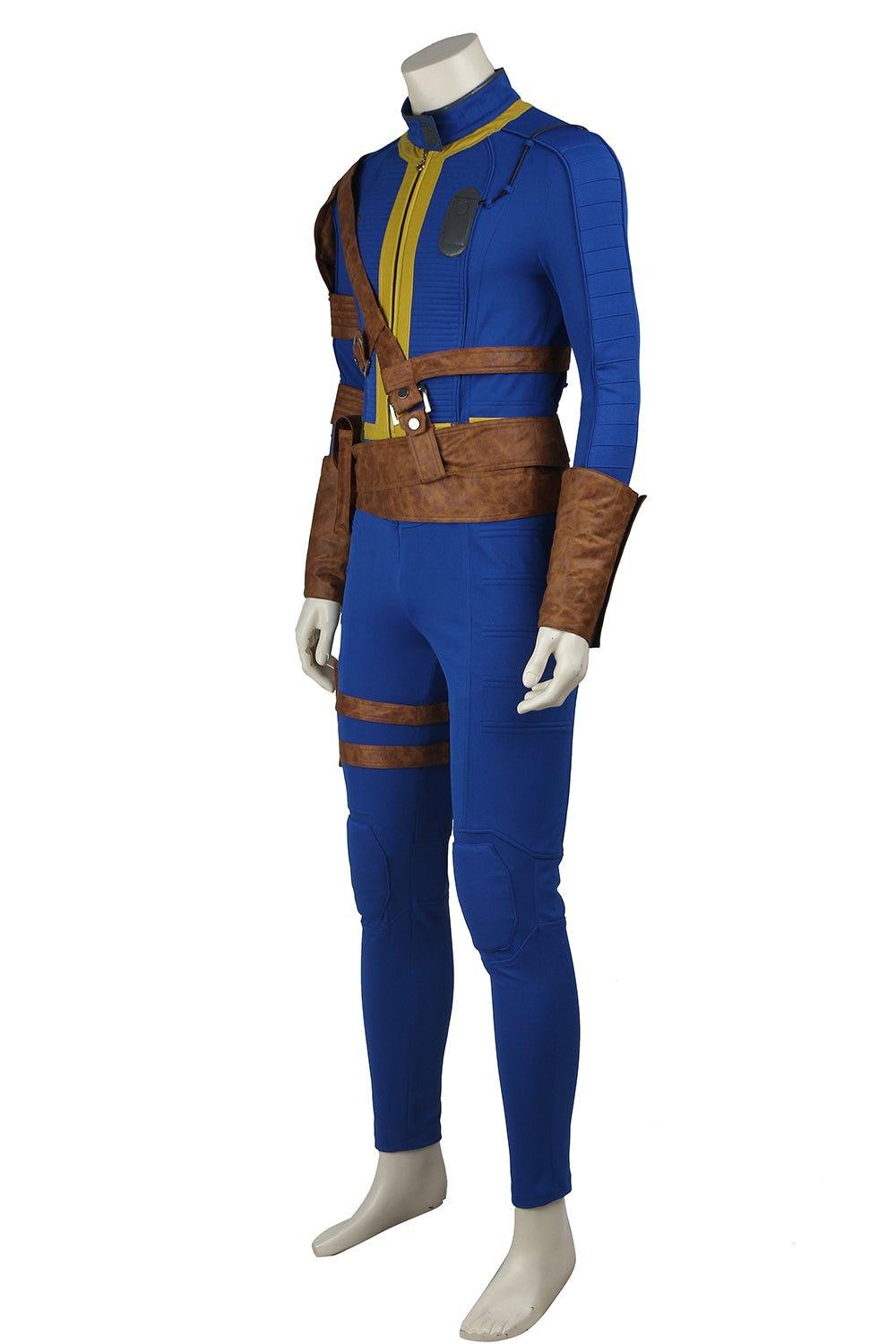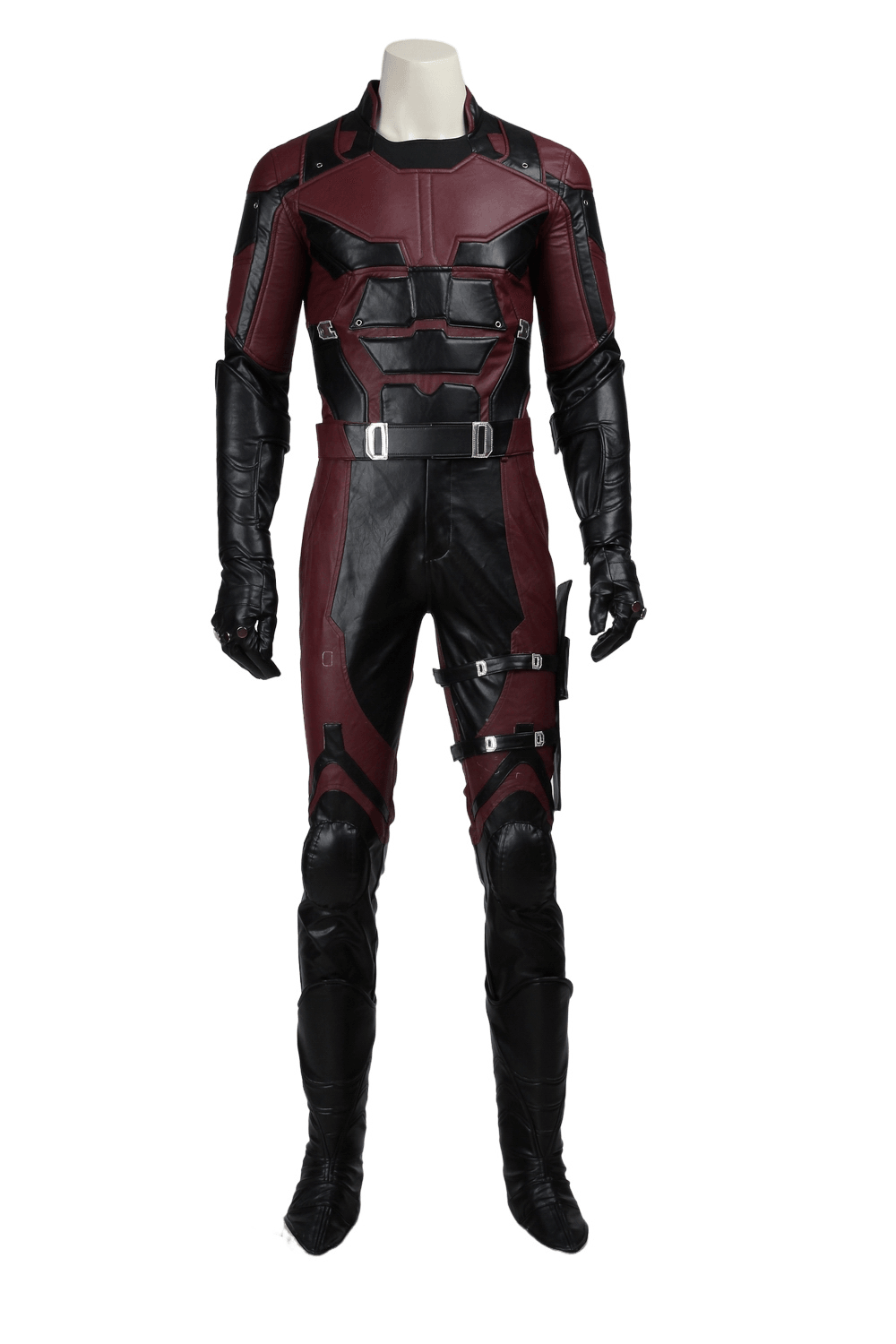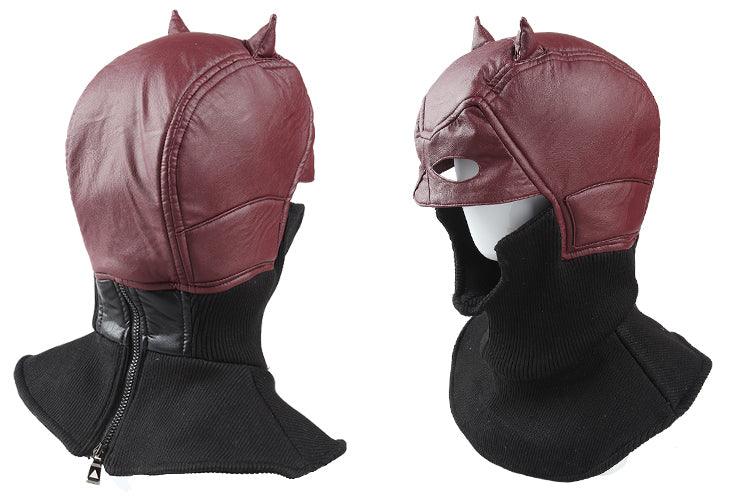Creating cosplay props is an exciting and rewarding aspect of the cosplay experience. Whether you're a beginner or an experienced cosplayer, crafting your own props can elevate your costume to the next level. In this comprehensive guide, we'll explore the process of making cosplay props, from choosing materials to adding finishing touches.
Choosing Your Materials
The first step in creating a cosplay prop is selecting the right materials. The choice depends on factors such as the prop's complexity, your skill level, and your budget. Here are some popular materials used in prop making:
EVA Foam
EVA (Ethylene-Vinyl Acetate) foam is a versatile and widely used material in cosplay prop making. It's lightweight, flexible, and easy to work with, making it ideal for creating armor pieces, weapons, and other accessories. EVA foam comes in various thicknesses, typically ranging from 2mm to 10mm, allowing you to choose the right density for your project.
Thermoplastics
Thermoplastics like Worbla are popular for creating intricate details and sturdy props. These materials become pliable when heated and harden as they cool, allowing you to mold them into complex shapes. Worbla is particularly useful for creating armor pieces, helmets, and weapon details.
PLA (Polylactic Acid)
For those with access to 3D printing technology, PLA is an excellent material for creating precise and detailed props. It's biodegradable and can be used to print everything from small accessories to entire costume pieces.
Craft Foam
Craft foam is an inexpensive and lightweight option that's great for beginners. It comes in various thicknesses and can be easily cut, shaped, and glued. Craft foam is ideal for creating basic armor pieces, decorative elements, and smaller props.
Wood
For more traditional prop making, wood can be an excellent choice. It's sturdy and can be carved, painted, and finished to resemble various materials.
Resin
Resin casting is useful for creating small, detailed parts or for reproducing multiple copies of the same prop piece.
Essential Tools
Having the right tools is crucial for successful prop making. Here are some essential tools you'll need:
-
Craft knife or scalpel for precise cutting
-
Dremel Multi-Tool for shaping, carving, and engraving
-
Heat gun for molding thermoplastics and shaping foam
-
Sandpaper in various grits for smoothing surfaces
-
Glue gun and various adhesives
-
Paints and brushes for finishing
-
Safety equipment such as gloves, goggles, and a respirator
Planning Your Prop
Before you start crafting, it's essential to plan your prop carefully:
-
Gather reference images of your chosen prop from various angles.
-
Create or find patterns for your prop. Many cosplayers share their templates online, or you can create your own using software like Pepakura.
-
Consider the prop's size and how it will fit with your costume.
-
Think about functionality - will the prop need to be lightweight for easy carrying, or does it need to be sturdy for posing?
Building Your Prop
The process of building your prop will vary depending on the materials you've chosen and the complexity of the design. Here's a general overview:
-
Cutting and Shaping: Use your patterns to cut out the basic shapes from your chosen material. For foam, use a sharp blade and make multiple passes for clean cuts.
-
Assembling: Join the pieces together using appropriate adhesives. For EVA foam, contact cement or hot glue work well.
-
Detailing: Add intricate details using additional pieces of material, or by carving into the surface of your prop.
-
Smoothing: Sand your prop to achieve a smooth surface. For foam props, use a rotary tool or sandpaper to bevel edges for a more realistic look.
-
Priming: Apply a primer to seal the surface of your prop and prepare it for painting. For foam props, use a flexible primer to maintain the material's flexibility.
-
Painting: Use acrylic paints or spray paints to add color to your prop. Consider using an airbrush for smooth, even coverage on large surfaces.
-
Weathering: Add realism to your prop by applying weathering techniques. This can include dry brushing, washes, or adding battle damage.
Advanced Techniques
As you become more experienced in prop making, you can explore advanced techniques to elevate your creations:
-
LED Integration: Incorporate LEDs into your props for lighting effects. This is particularly effective for sci-fi or fantasy props.
-
Movable Parts: Add hinges, joints, or other mechanisms to create props with moving parts.
-
3D Printing: Use 3D printing technology to create intricate details or entire prop pieces.
-
Resin Casting: Create molds of prop pieces and cast them in resin for reproducibility and durability.
Finishing Touches
The final steps in creating your prop can make a significant difference in its overall appearance:
-
Clear Coating: Apply a clear coat to protect your paint job and add shine if desired.
-
Weathering: Add final weathering effects to give your prop a worn, realistic look.
-
Attachments: Add straps, handles, or other elements to make your prop wearable or functional.
Resources and Inspiration
There are numerous resources available for cosplayers looking to improve their prop-making skills:
-
Online Tutorials: Websites like CrazeCosplay.com offer a wealth of information on costume ideas, prop-making tutorials, and trends in the cosplay world.
-
YouTube Channels: Creators like Kamui Cosplay, Evil Ted Smith, and SKS Props offer in-depth tutorials on various prop-making techniques.
-
Cosplay Forums: Join online communities to share ideas, get feedback, and learn from other cosplayers.
-
Conventions and Workshops: Attend cosplay conventions and workshops to learn from experienced crafters and see techniques in action.
Safety Considerations
When making props, safety should always be a priority:
-
Work in a well-ventilated area, especially when using paints, adhesives, or heat tools.
-
Wear appropriate safety gear, including gloves, goggles, and a respirator when necessary.
-
Be cautious when using sharp tools or power tools.
-
Follow proper safety guidelines for any materials or chemicals you're using.
Prop Safety and Convention Guidelines
When creating props, especially weapon replicas, it's crucial to consider safety and convention guidelines. Many events have specific rules regarding prop materials, sizes, and designs. Here are some general tips:
-
Avoid using metal in weapon props
-
Ensure all edges are smooth and not sharp
-
Consider using bright colors or orange tips for gun replicas
-
Make sure your prop is sturdy enough to withstand convention crowds
-
Always check the specific guidelines for each event you plan to attend
Conclusion
Creating cosplay props is a rewarding and creative process that allows you to bring your favorite characters to life. By mastering the use of materials like EVA foam, thermoplastics, and 3D printing, and employing techniques such as proper planning, detailing, and painting, you can create stunning props that will elevate your cosplay to the next level.
Remember that prop-making is a skill that improves with practice. Don't be afraid to experiment with different materials and techniques, and always be open to learning from others in the cosplay community. With dedication and creativity, you'll be crafting impressive props in no time.
Whether you're recreating a classic weapon from your favorite video game or designing an original piece for your own character, the world of cosplay prop-making offers endless possibilities for creativity and self-expression. So gather your materials, fire up that heat gun, and let your imagination run wild as you bring your cosplay visions to life through the art of prop-making.
For more inspiration, tutorials, and a wide range of cosplay supplies, be sure to check out CrazeCosplay.com. This comprehensive resource offers everything from costume ideas to detailed prop-making guides, making it an invaluable tool for cosplayers of all skill levels[8]. With the right materials, techniques, and a dash of creativity, you'll be well on your way to creating professional-quality cosplay props that will impress at any convention or event.








